Since the dawn of mankind when fire was discovered and the light derived from it started man’s quest to conquer the night and eliminate darkness, we have searched for the perfect light source: a source that would give us an infinite amount of light for all of our daily and nightly activities, yet cost but a fraction to operate; a source that would use little energy yet produce reliable, brilliant, usable light on demand time after time; a source that would be attractive and functional for several years. The high-tech lighting that exists today is nothing short of a miracle and magnificent to behold, as it mesmerizes both mind and eye, while at the same time providing for our daily needs.
.jpg)
Photo 1. While the finest minds in the fledgling electrical industry moved forward to harness the light in the form of the incandescent bulb, fire was still the mainstay for sources of light.
In this article the reader will see how the modest beginnings of modern light sources have evolved, how lighting has become not only a constant companion but has turned the night into day. We will look at what the lighting industry has achieved to date, and how it has evolved to meet an ever-increasing demand. We will take a look at how theNECinteracts and supports this mega industry and at the requirements we should be aware of so that we can safely enjoy the benefits of modern lighting sources.
A time before electricity
Many accounts of pre-revolutionary households and establishments make no mention of any lighting equipment. This was a time when lighting was achieved by the use of candlesticks or fuel oils. Fire was still the source of light and the equipment used to contain it and provide light were precious commodities and were valued as much as any bed or set of fireplace tools.
.jpg)
Photo 2. Once the incandescent bulb was discovered and the electricity to supply it, many modern cities were instantly transformed into a shining example of this new technology.
During the 18th century, brass was not made in America. When it was finally made here, it was made in small quantities until the middle of the nineteenth century. To colonial Americans the gleam of a brass candlestick or a pair of brass candlesticks was a sign of a household or establishment that was in order and therefore prosperous.
Many households were inventoried to determine the means of illumination during the 1800s and very few, if any, of them showed signs of lighting accessories. These inventoried households were not just a select group but a realistic cross section of the populace at the time, and still we find the same evidence: no chandeliers, even in the homes of wealth and affluence. At the timelanthornsor lanterns were not even a commonly held item and were used primarily by and associated with craftsmen who required artificial light for close work. For example, blacksmiths, leatherworkers, saddle makers, and many early production facilities were the few that implemented such lighting.
Let there be light for a growing nation
In many parts of the globe, many sectors of the population still employ the old methods of natural gas, fuel oil and kerosene lamps for lighting. However in the U. S., the discovery and implementation of electricity spurred a boom in the lighting world. Electricity was relatively cheap and was being provided across the nation at an astounding pace. This was a time of innovation and pride, and many of us remember the ornate creations that evolved around the incandescent bulb.
.jpg)
Photo 3. Such was the fervor over the incandescent bulb, scale models with attached miniature generators were produced for illustration of the discovery.
Today’s lighting would probably leave our ancestors in awe of the achievements that have been made, and the boundaries that have been broken. With respect to modern methods, the evacuated tube was quite efficient; however, the cost of using a platinum coil made this early attempt very costly, thus not really feasible for commercial everyday use and production.
The first light bulb — that Joseph Wilson Swann and Thomas Alva Edison both independently developed in 1879 — featured a filament / lamp life of 13.5 hours. This led to the development of filament derived from bamboo by Edison that would last 1200 hours. We knew then that we had crossed over into a new world where the incandescent bulb had limitless applications and opportunities to light up this new era.
The top three … and now a fourth
Typically, up until the current lighting advances with light-emitting diodes (LEDs), compact fluorescent luminaires (CFLs), cold cathode luminaires (CCFLs) and others, there was always thought to be three traditional lighting means: fire, incandescence, and fluorescence or high-intensity discharges (HID). These three widely used means of lighting all have made significant refinements over the past many years.
The newest and most exciting of all lighting is another up-and-coming technology that is aptly named for its reliable and energy efficient nature: it is called solid-state lighting (SSL). It is a quite simple technology using electrons that are recombined as photons. Huge advances have been made with red, green and blue monochrome lamps necessary for white light. When it comes to the advent of LED technology, the future of this technology is improving extremely rapidly, and new modalities and uses for this type of lighting are being discovered and developed daily, from uses in the automotive industry to the very homes where we live. The history of lighting can be described as the discovery, implementation and the ultimate quest for the development of lighting that can provide visible light with low energy use. Efficient lighting types are becoming increasingly better at creating on demand, sustainable, visible light for our use inside, while not using unnecessary amounts of lighting outdoors, causing light pollution, and wasting the light created for our use outside along with the resources to produce it.
.jpg)
Photo 4. Almost a thing of the past now after only a hundred years, the incandescent bulb has been slowly pushed out of the limelight in favor of this newest light producing technology the LED.
Along with the three types of lighting mentioned earlier in the article, many types were being developed that were not very consumer oriented, hence the task of regulation was needed. Not so much to curb methods or technologies but to set standards for the testing, implementation, use, and finally the production of real usable lighting. Let’s look at some of the many modes of lighting and how they are being used; many modes of modern lighting have already become favorites.
The brightest names in home and industry
After its lengthy development and rigorous testing, the incandescent bulb was being used in almost every household in America by the turn of the century. In many industrial establishments and in most of America’s factories, the fluorescent fixture was being used along with the incandescent bulb. This new fluorescent type of lighting was in full implementation and was a favorite as an economical, reliable means to provide good clean efficient lighting for work spaces and for safety in those work spaces. Today in mainstream America and throughout the world, every type of lighting known to man is in use for every type of application known to man—from everyday household lighting to Times Square in New York; from the most elaborate computer-controlled signage in Las Vegas to Disneyworld—lighting has become an irreplaceable part of the landscape of our lives, both past and present.
Lighting standards for a modern era
Product standards for the testing and the building of lights, lighting devices, luminaires, and signs are all an integral and necessary part of the world of safe lighting. One of the basic standards used to investigate products in this category is ANSI/UL 1598, Luminaires. Products employing LED light sources are additionally investigated as well. Many other types of lighting are investigated and listed and labeled for not just everyday use, but in many types of specialized lighting applications. These lighting sources are listed and labeled by many nationally recognized testing labs (NRTLs) throughout the U. S. and the world. UL Standard 48, Standard for Safety of Electrical Signs, is used for signs, as there are as many types of lighting designs and lighting methods used in modern signage as there are in any other lighting application. The 15th edition is the newest edition of UL 48, newly updated and modified to address the latest technologies for lighting in the sign industry.
The NEC and lighting requirements
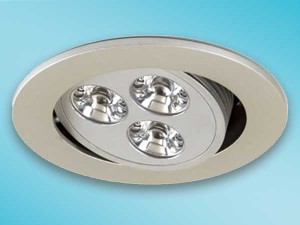
Let’s get started
We start off with Article 410 of theNEC, and looking at the scope of this article at 410.1, we see that “this article covers luminaires, portable luminaires, lampholders, pendants, incandescent filament lamps, arc lamps, electric-discharge lamps, decorative lighting products, lighting accessories for temporary seasonal and holiday use, portable flexible lighting products, and the wiring and equipment forming part of such products and lighting installations.”
To aid us in the enforcement of the requirements in Article 410, we see that there are many definitions at 410.2 to help us discern certain areas and lighting applications. We also see that all of the types of lighting, like those mentioned at 410.1, are required by Section 410.6 to be listed, so that the end user, the installer, and the inspector all know the proper use, location and application of the lighting product.
Location, Location, Location
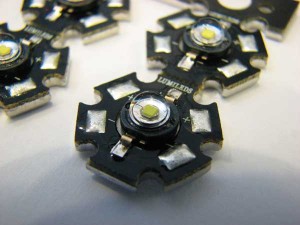
Section 410.10 aides the installer and the inspector in determining the correct requirements for specific lighting / luminaire applications. From wet or damp locations, corrosive locations, vent hoods, bathtub and shower locations, to luminaires in indoor sports, mixed-use, and all-purpose facilities, this is the place to find out just exactly what those requirements are and how to implement them.
Combustible materials and closets
When we encounter combustible material that a luminaire might be installed in, near or over, 410.11 and 410.12 require us to verify that all luminaires used in this type of location, “be constructed, installed, or equipped with shades or guards so that combustible material is not subjected to temperatures in excess of 90°C (194°F).”
One of the most common places that we would encounter combustible material is only a few steps away from all of us and it resides in our bedrooms, the clothes closet.NEC410.16 has taken great strides to ensure that a prescriptive distance is maintained from easily ignitible and combustible material for each type of light source or luminaire, whether it is incandescent, fluorescent, or LED. This requirement is intended to prevent hot lamps or parts of broken lamps from coming in contact with boxes, cartons, blankets, and the like, stored on shelves and with clothing hung in closets.
Adequate space for the luminaire
When we are installing or inspecting luminaires and their associated wiring within canopies, it is required by 410.20 that adequate space be provided “so that luminaire conductors and their connecting devices can be properly installed.” Luminaires are also required by 410.21 to be of the type of construction or installed so that the conductors in outlet boxes are not subjected to temperatures in excess of the temperatures that conductors are rated for. Any branch-circuit wiring, other than 2-wire or multiwire branch circuits that supply power to the luminaires, cannot be passed through an outlet box that is a part of a luminaire unless the luminaire is identified for through-wiring.
Supporting the luminaire
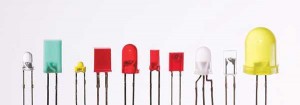
To ground a luminaire
Section 410.40 takes us back to Article 250 for our grounding provisions in addition to the requirements in Part V of Article 410. Section 410.44 lays out the requirements for equipment grounding conductor attachment, and requires that luminaires with exposed metal parts be provided with a means for connecting an equipment grounding conductor. And last but not least, 410.46 gives us methods of grounding, and requires that luminaires and equipment be “mechanically connected to an equipment grounding conductor as specified in 250.118 and sized in accordance with 250.122.”
Other NEC articles
While we have looked at most of the provisions in Article 410, there are other areas of the NEC that hold requirements for luminaires based on location as well. When we are discussing a hazardous location, we need to be aware of the provisions in Article 500, Hazardous (Classified) Locations. When we are looking at a medical facility or application, we must adhere to the requirements in Article 517, Health Care Facilities. When we think of installing electric signage in or on a building, the requirements in Article 600 will apply; and if we are looking at illumination where a pool, spa, or hot tub is involved, we had better take a close look at Article 680 or Article 682 for natural and artificially made bodies of water, to name a few.
What have we learned?
In this article the reader has taken a look at the history of lighting, how it evolved, and what some of the timelines were during that evolution. We have looked at what the three typical types of lighting modalities are and have seen that a solid-state alternative is yet another science to be put to use as we begin to incorporate it more and more into our daily lives; and we have explored the benefits of this newest of technologies. We have explored the regulatory side of listing and labeling and have seen that this is also a vital part of the lighting landscape to guide us in the use and application of the many lighting products and luminaires that are available to us. Lastly we have seen how theNECguides us through its solid requirements to achieving a safe, reliable installation so that we, along with our friends and families, can continue to enjoy the many benefits of light.







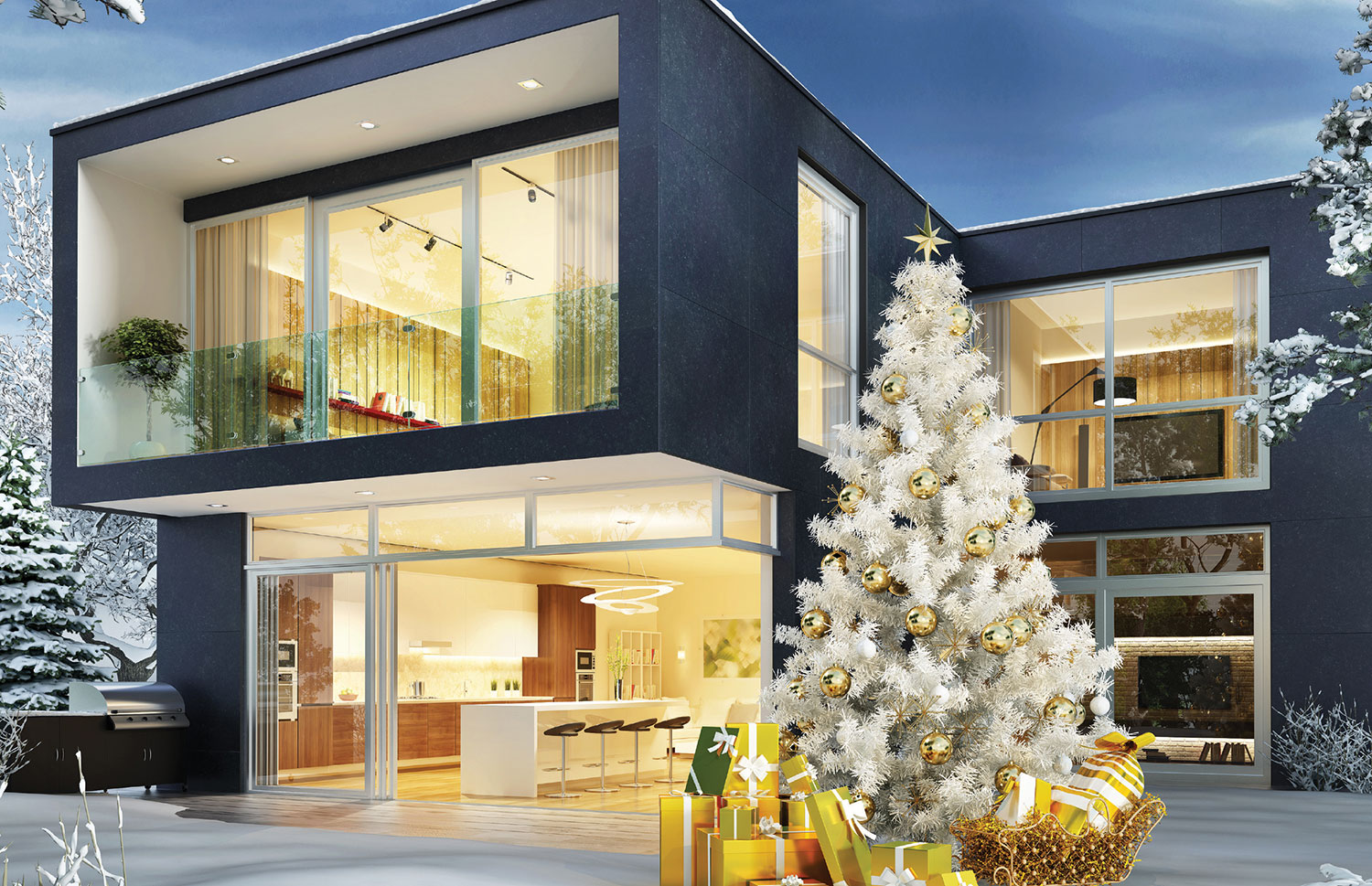
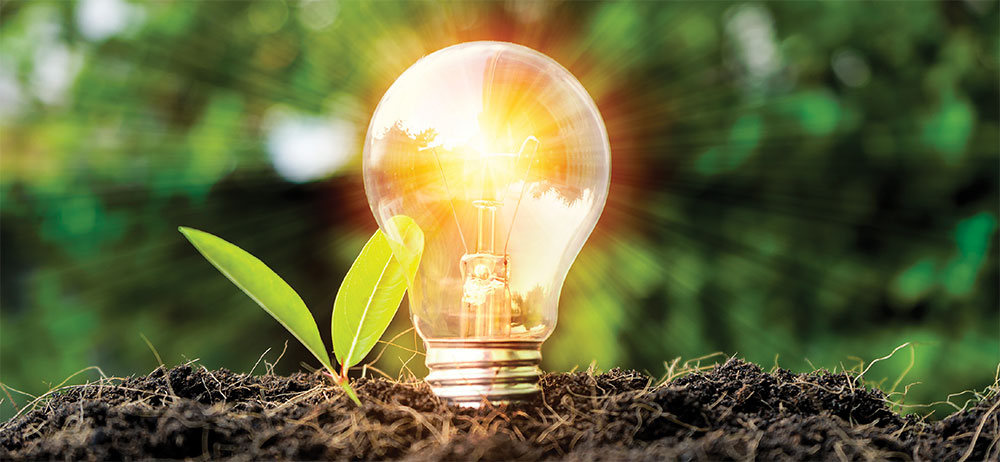

Find Us on Socials